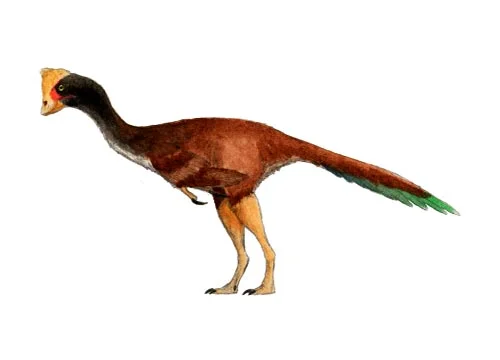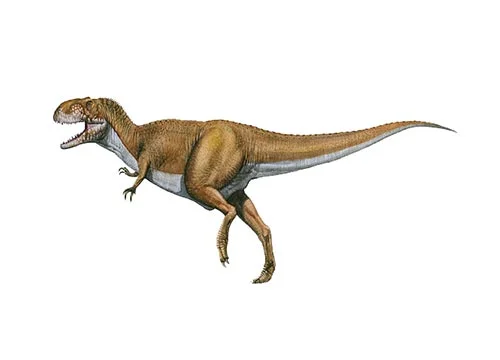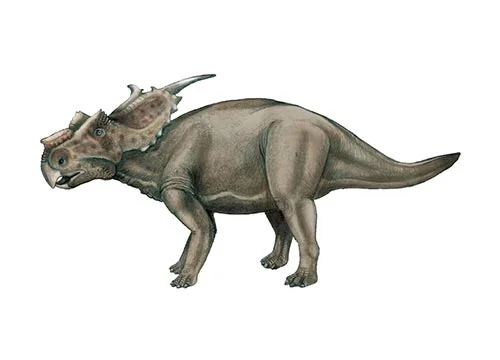Hagryphus (Ha’s griffin)

Ha-grif-us
L. E. Zanno & S. D. Sampson - 2005
Omnivore
Estimated 1 meters long
Small Theropod
H. giganteus (type)
USA, Utah - Kaiparowits Formation
Late Jurassic, 160 million years ago
Hagryphus Facts
Hagryphus, meaning “Ha’s griffin,” is a genus of small theropod dinosaur that lived in what is now China during the Late Jurassic period, around 160 million years ago. The name “griffin” refers to the creature from mythology that is part lion and part eagle, and reflects the combination of bird-like and reptilian features in this dinosaur.
Hagryphus is known from a single fossil specimen consisting of a partial skeleton and skull, which was discovered in the Tiaojishan Formation of western Liaoning Province in China. The fossil shows that Hagryphus was a small, bipedal dinosaur, measuring only around 1 meter (3.3 feet) in length and weighing less than 5 kilograms (11 pounds).
The most distinctive feature of Hagryphus is its skull, which has a unique combination of bird-like and reptilian traits. It has a long, narrow snout with a beak-like tip, similar to that of a bird, and small, serrated teeth along the edges of the jaws. The skull also has a number of bony crests and ridges that may have been used for display or to help regulate body temperature.
Hagryphus likely lived in a forested environment and would have been an active predator, hunting small vertebrates and insects. It had sharp, serrated teeth in its jaws that would have been used to catch and tear apart its prey.
Hagryphus is an important find for paleontologists, as it is one of the earliest known theropod dinosaurs with a bird-like skull. It provides valuable insights into the early evolution of this group of dinosaurs and sheds light on the diversity and ecology of Late Jurassic ecosystems in China.



